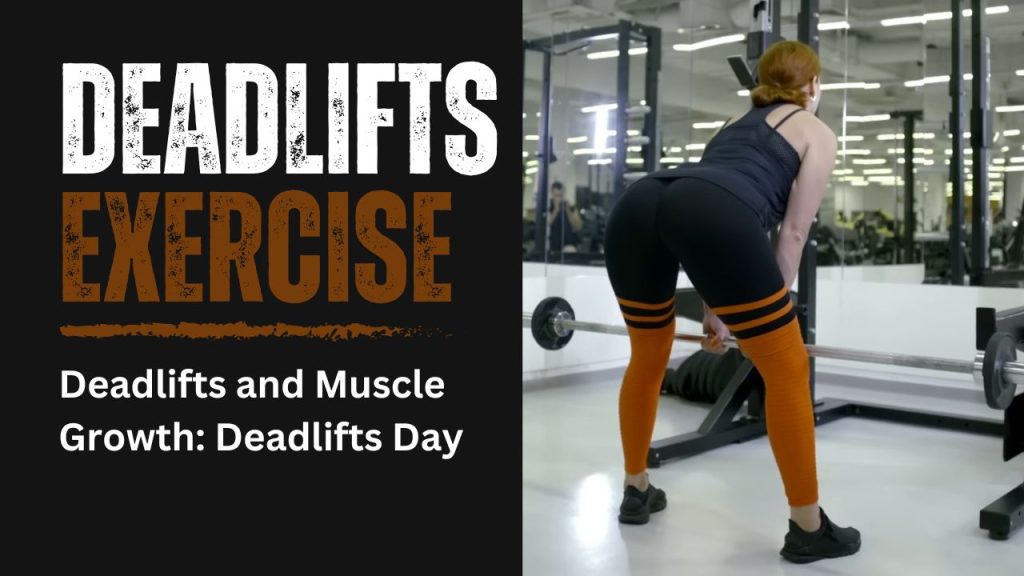In the world of fitness, few exercises command as much respect as the deadlift. This compound movement is often hailed as the king of all exercises for a good reason. Not only does it test your raw strength, but it also plays a pivotal role in fostering muscle growth. In this article, we’ll dive deep into the world of deadlifts and how they can become your ultimate ally in the pursuit of those coveted gains. Whether you’re a seasoned lifter or a beginner looking to incorporate deadlifts into your leg day exercises, we’ll cover everything you need to know about this incredible exercise. From proper form and technique to variations and tips for maximizing your deadlift potential, this guide is your roadmap to becoming a deadlift aficionado. So, let’s grip that barbell, brace your core, and explore the world of deadlifts like never before.
When it comes to strength training, few exercises spark as much debate as the deadlift. The age-old question that often circulates among fitness enthusiasts is, “Are deadlifts primarily a back exercise or a leg exercise?” In the realm of Bodyweight Exercises for Legs, let’s delve into this discourse, backed by scientific insights, to uncover the truth about deadlifts and how to maximize their gains. Understanding the relationship between deadlifts and bodyweight leg exercises can provide a well-rounded perspective on building strong and toned leg muscles.
Understanding Muscle Growth
Before we delve into the deadlift debate, it’s essential to understand the fundamental principles of muscle growth, especially when considering the use of the Best Leg Exerciser or a Leg Exercise Machine. Hypertrophy, the process of muscle enlargement, relies heavily on eccentric contractions, which involve the lengthening of muscles while resisting external force. In simpler terms, when you utilize a Leg Exercise Machine to lower weight during your leg exercises, your muscles are actively engaged in eccentric contractions. Conversely, concentric contractions, where muscles shorten against resistance, help fine-tune your nervous system, enhancing overall muscle firing and ensuring that your chosen leg exerciser is the most effective tool for your fitness goals.
Additionally, there’s the lesser-known isometric contraction, where muscles neither lengthen nor shorten. While isometric contractions don’t significantly contribute to muscle growth, they do enhance strength at specific joint angles by improving the nervous system.
Anatomy of a Deadlift
Muscles Targeted
- Posterior Chain: The deadlift primarily targets the muscles of the posterior chain, which include the:
- Lower Back (Erector Spinae): These muscles are responsible for extending the spine and keeping it stable during the lift.
- Glutes (Gluteus Maximus): The glutes play a significant role in hip extension, helping you lift the weight from the ground.
- Hamstrings: These muscles are responsible for bending your knees and extending your hips, crucial movements in the deadlift.
- Traps (Trapezius): The upper traps are engaged to stabilize the shoulder blades and support the weight during the lift.
- Forearms and Grip Strength: Holding onto the barbell challenges your forearm muscles and grip strength.
- Abdominals (Core): Your core muscles help stabilize your spine and protect it from excessive flexion during the lift.
Movement Pattern
The deadlift is a compound, multi-joint exercise that involves hip hinge and knee extension movements. It begins with a hip hinge, where you bend at the hips and slightly at the knees to reach the barbell on the ground. Then, you lift the barbell by extending your hips and knees simultaneously.
Different Variations of Deadlifts
Conventional Deadlift
- In a conventional deadlift, you stand with your feet hip-width apart and your hands gripping the barbell just outside your knees. This is the most common and classic form of the deadlift.
- It primarily targets the lower back, glutes, hamstrings, and traps.
Sumo Deadlift
- The sumo deadlift involves a wider stance, with your feet positioned outside your hands. Your hands grip the barbell inside your knees.
- It places more emphasis on the inner thighs (adductors) and may be easier on the lower back for some individuals due to the more upright torso position.
Romanian Deadlift (RDL)
- The Romanian deadlift is often used to target the hamstrings and glutes more directly. In this variation, you start with the barbell at hip height, not from the ground.
- You initiate the movement by pushing your hips back while maintaining a slight bend in your knees. The barbell travels down the thighs, maintaining contact with the body, and you return to an upright position.
- This variation is excellent for hamstring development and works the lower back to a lesser extent compared to the conventional deadlift.
Deadlifts and Muscle Activation
One of the key reasons why deadlifts are cherished by fitness enthusiasts is their ability to activate multiple muscle groups simultaneously. In addition to the primary muscle groups, deadlifts also involve secondary muscles, such as the quadriceps, forearms, grip muscles, and core. This makes the deadlift a highly efficient compound exercise that not only targets major muscle groups but also enhances overall strength and stability. Let’s explore in more detail how deadlifts target various muscle groups:
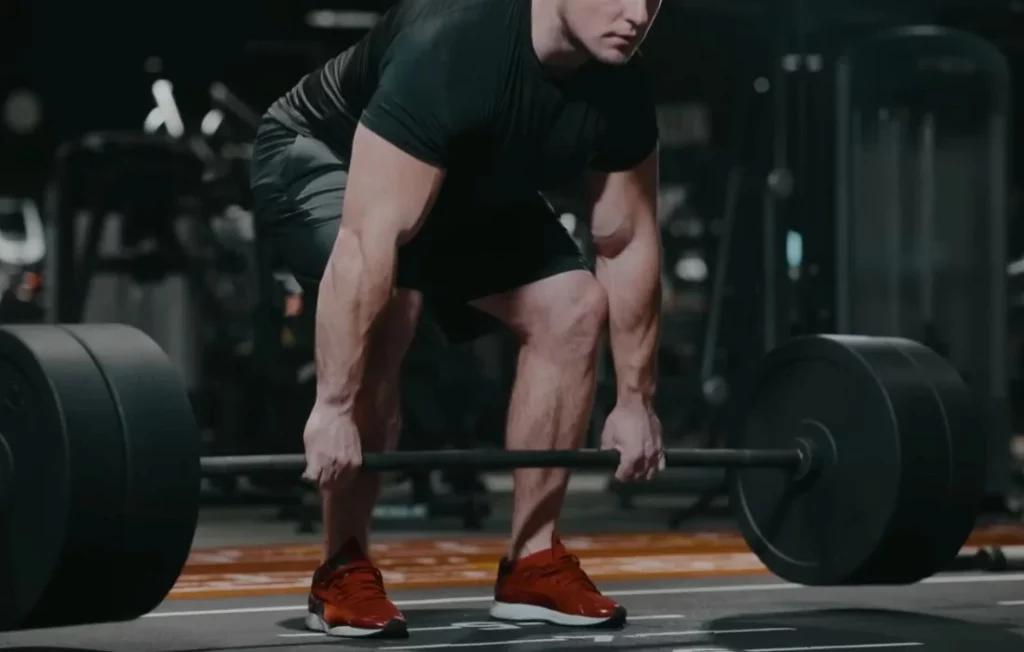
Targeting the Lower Back
The deadlift places a significant load on the muscles of the lower back, particularly the erector spinae. These muscles run along the spine and are responsible for extending the spine, keeping it stable, and supporting it during the lift. As a result, deadlifts help develop a strong and resilient lumbar region, which is essential for overall spine health and stability.
Building Powerful Glutes
The gluteus maximus, often referred to as the body’s powerhouse, is heavily engaged during deadlifts. This large muscle group plays a pivotal role in hip extension, which is a fundamental movement in the deadlift. As you lift the weight from the ground, your glutes contract forcefully, contributing to glute gains and overall lower body strength.
Hamstrings of Steel
Deadlifts are a superb exercise for the hamstrings, located at the back of your thighs. These muscles are responsible for both knee flexion and hip extension, making them crucial for movements like the deadlift. Deadlifting challenges and strengthens the hamstrings, leading to improved leg strength and muscle definition.
Traps and Upper Back
The trapezius muscles, commonly known as the traps, are engaged during the deadlift. The upper traps help stabilize the shoulder blades and support the weight as you lift. This engagement contributes to the development of the upper back, giving you that impressive V-shaped upper body appearance.
Deadlifts vs. Other Exercises
Deadlifts are known for their versatility and effectiveness in engaging a wide range of muscle groups, making them a superior choice for overall muscle growth. However, it’s important to note that these exercises complement each other, and a well-rounded workout routine often includes a variety of exercises to target different muscle groups and achieve balanced development. Additionally, individual goals and preferences play a significant role in exercise selection, so it’s essential to choose exercises that align with your specific fitness objectives.
Let’s stack deadlifts up against some other popular exercises and see how they fare in the muscle growth department.
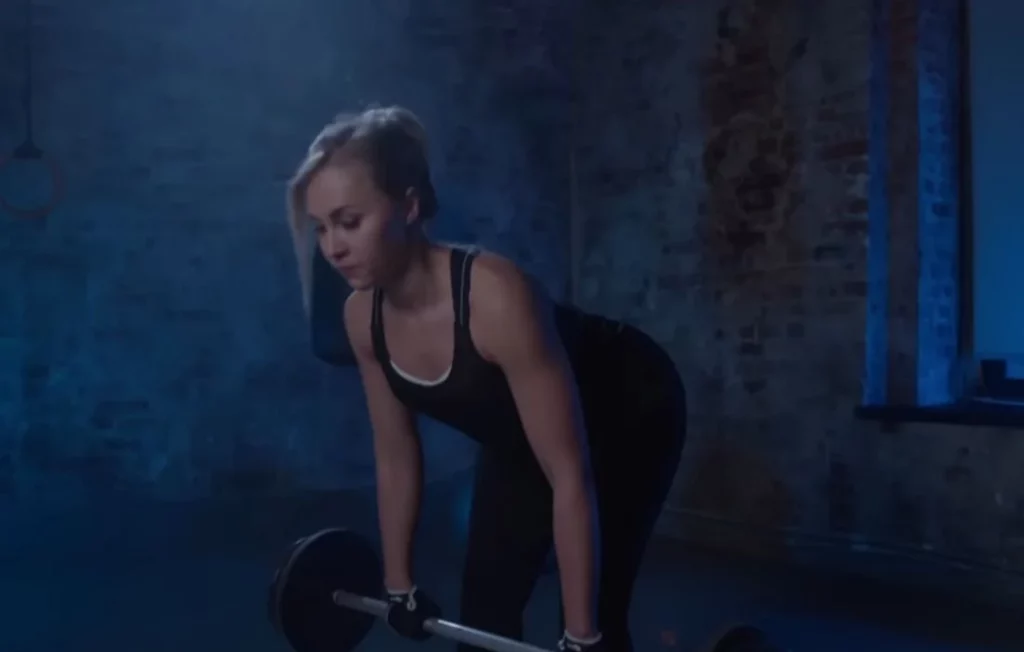
Deadlifts vs. Squats
Deadlifts
Deadlifts provide a comprehensive full-body workout. They engage the muscles of the lower back, glutes, hamstrings, quadriceps, calves, and even the upper body, including the traps and forearms. Deadlifts are particularly effective at building strength and muscle mass in the posterior chain (lower back, glutes, and hamstrings).
Squats
Squats are fantastic for building leg muscles, especially the quadriceps, hamstrings, and glutes. While they primarily target the lower body, squats also engage the core and provide some degree of upper-body involvement, especially when performed with a barbell on your back. Squats are excellent for lower body development but don’t engage the upper body to the same extent as deadlifts.
Deadlifts vs. Bench Press
Deadlifts
The deadlift engages not only the muscles of the lower back, glutes, hamstrings, and upper back (traps) but also the forearms, grip, and core. While it doesn’t specifically target the chest, it involves a more comprehensive range of muscle groups.
Bench Press
The bench press is a staple for chest and triceps development. It primarily targets the pectoral muscles, anterior deltoids, and triceps. While it’s excellent for upper body strength and muscle growth, it doesn’t engage the lower body to the same degree as deadlifts.
Deadlifts vs. Rows
Deadlifts
Deadlifts work the back muscles comprehensively, including the traps, lats, and the muscles along the spine. They also engage the lower body and core. Deadlifts provide a full-body workout and are highly effective for overall muscle growth.
Rows
Rows, whether bent-over rows, barbell rows, or cable rows, are excellent for back development, specifically targeting the lats and upper back. While they are effective for building back muscle, they typically focus on a more specific region of the back compared to the deadlift, which engages a broader range of muscle groups.
The Components of Muscle Strength
We’ve highlighted two essential components of muscle strength, muscle mass, and nervous system recruitment. The leg muscles are the primary drivers of the deadlift, making it a leg-dominant exercise. Let’s explore these components in more detail to understand why deadlifts are considered a leg exercise rather than a back exercise:
Muscle Mass
- Muscle mass, or muscle hypertrophy, is a significant factor influencing strength. The size and cross-sectional area of your muscles determine their potential to generate force. More substantial muscles generally have greater strength potential.
- Eccentric contractions, which involve lengthening the muscle under tension, can stimulate muscle hypertrophy. Deadlifts involve both concentric and eccentric contractions, but they primarily emphasize concentric contractions when lifting the weight.
- While deadlifts do work various muscles throughout the body, including the back muscles, their primary emphasis is on the lower body, particularly the glutes, hamstrings, and quadriceps. These muscles contribute significantly to the lifting phase of the deadlift.
Nervous System Recruitment
- The nervous system plays a crucial role in muscle strength by recruiting motor units (groups of muscle fibers controlled by a single motor neuron). The ability to recruit more motor units is associated with increased strength.
- Concentric contractions, where muscles shorten while producing force, are primarily responsible for neural adaptations. Heavyweights and low-repetition sets in exercises like deadlifts can enhance neural recruitment.
- Deadlifts, with their emphasis on lifting heavy weights, are indeed excellent for improving neural recruitment. They challenge the nervous system to activate a large number of motor units simultaneously to overcome the resistance of the barbell.
Deadlifts and Muscle Growth
When it comes to discussing Exercises to Slim Legs, it’s essential to address the elephant in the room. While deadlifts are exceptional for improving your nervous system’s ability to recruit muscle, they may not provide sufficient hypertrophy stimulus on their own, especially when your goal is slimmer legs. This is why deadlifts should not be your primary choice if you’re aiming for lean, toned legs rather than a massive back with thick lats and impressive traps. For leg slimming, consider incorporating a variety of targeted leg exercises into your fitness routine to achieve the results you desire.
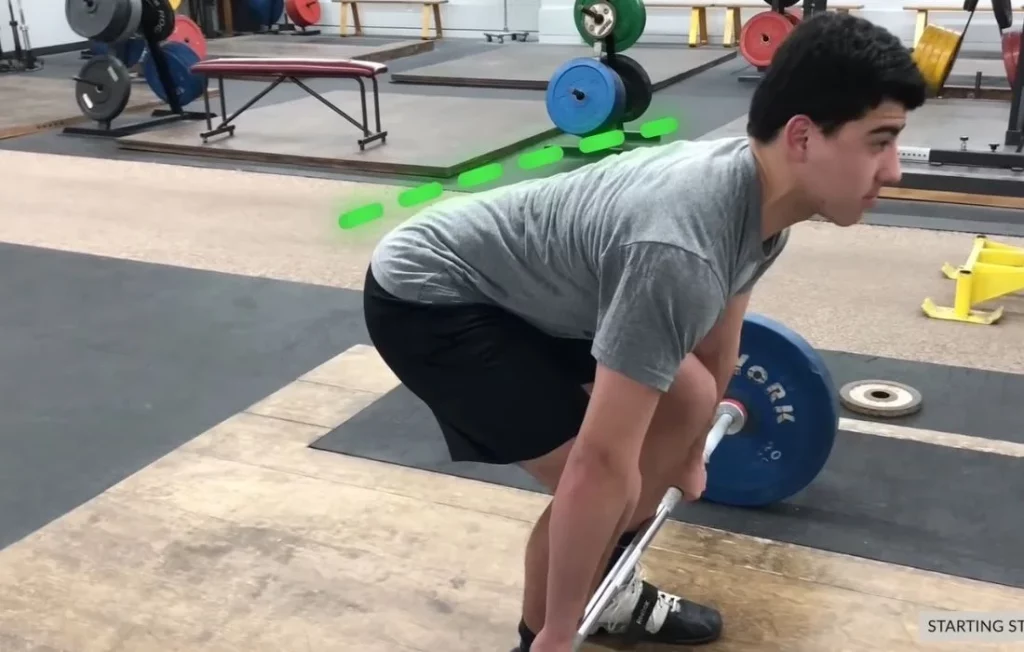
During a well-executed deadlift, your back remains in a neutral position throughout the lift. This isometric contraction is excellent for increasing your back’s ability to hold a neutral position and strengthening your hips, which is crucial for handling heavy loads. However, it won’t lead to substantial back muscle growth.
Building a Bigger Back
To achieve a broad, muscular back, you need to incorporate upper-body pulling exercises that focus on both concentric and eccentric contractions for the lats, traps, and other back muscles. These exercises are the key to significant back hypertrophy.
Avoiding Common Deadlift Pitfalls
By addressing these pitfalls and ensuring that you balance your deadlift training with adequate rest and proper nutrition, you can maximize the benefits of deadlifts for muscle growth and overall strength development while minimizing the risk of overtraining or nutrient deficiencies.
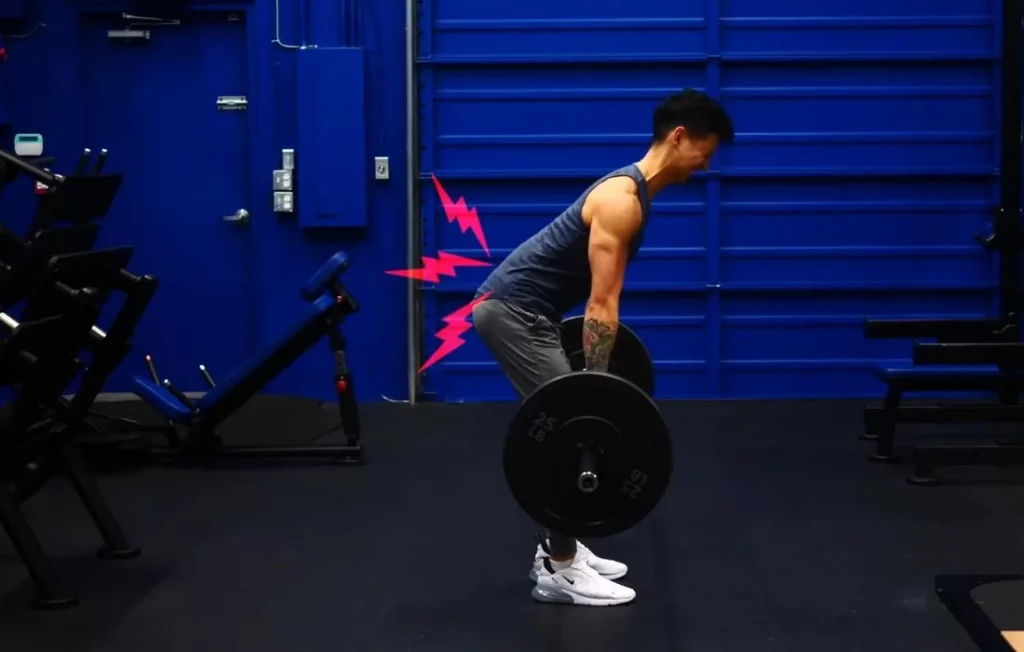
Overtraining
Overtraining can occur when you engage in excessive deadlifting without allowing your body sufficient time to recover. It’s essential to listen to your body and avoid pushing yourself to the point of exhaustion. Signs of overtraining may include persistent fatigue, decreased performance, sleep disturbances, irritability, and an increased risk of injury.
To avoid overtraining
- Incorporate rest days into your workout schedule to allow your muscles and central nervous system time to recover.
- Pay attention to your body’s signals. If you feel excessively fatigued or notice a decline in performance, consider reducing the frequency and intensity of your deadlift sessions.
- Prioritize sleep and stress management to support overall recovery.
Neglecting Nutrition
Proper nutrition is a fundamental component of muscle growth and overall strength development. Without adequate nutrition, your body may struggle to recover and build muscle effectively.
To ensure you’re supporting your muscle growth with nutrition:
- Consume enough calories to meet your energy demands, particularly if you’re engaged in intensive strength training.
- Prioritize protein intake to provide the amino acids necessary for muscle repair and growth. Aim for a balanced intake of lean meats, fish, poultry, dairy, legumes, and plant-based protein sources.
- Include carbohydrates in your diet to fuel your workouts and replenish glycogen stores in your muscles.
- Incorporate healthy fats for overall health and hormonal balance.
- Stay hydrated to support metabolic processes and recovery.
- Consider consulting with a registered dietitian or nutritionist to create a personalized nutrition plan that aligns with your fitness goals.
Deadlift Day
When planning your fitness routine, particularly focused on Top Leg Lifts Exercises, it’s important to determine the optimal timing for deadlifts. Deadlifts should find their place within your lower body pulling day. Integrate deadlifts to augment your capacity to handle substantial weights and pair them with other posterior chain exercises that specifically target the glutes and hamstrings. These muscle groups are integral for effective deadlift performance. If your goal is to foster growth in these areas through the use of deadlifts, it’s crucial to emphasize control during both the lifting and lowering phases, giving special attention to the eccentric phase of the movement.
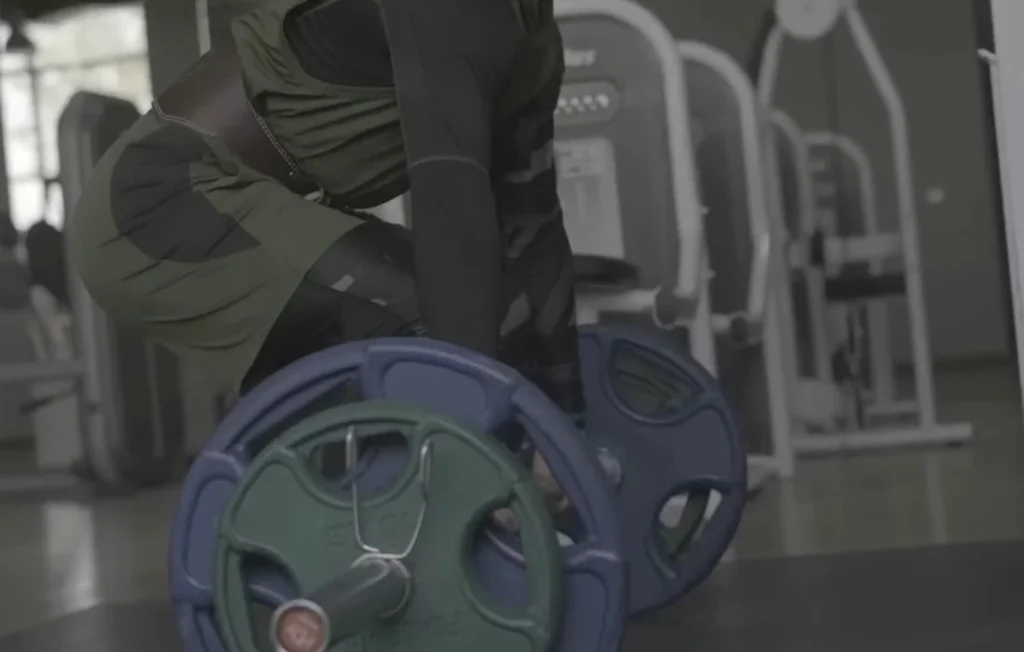
If you find yourself primarily feeling deadlifts in your lower back, it’s essential to assess your technique. Consider using blocks to raise the starting point of the deadlift and master the hip hinge/Romanian deadlift pattern.
Supplementing Your Deadlift Routine
To further stimulate hypertrophy in your upper and mid-back, incorporate exercises such as rows, pull-downs, and farmer’s walks into your routine. These exercises will not only make your back bigger but also enhance your deadlift performance.
The Importance of Proper Form
It’s worth emphasizing that regardless of whether you incorporate deadlifts into your leg or back day, proper form is paramount. Improper deadlift form can lead to injuries and hinder your progress. Be sure to engage your core, keep your spine neutral, and lift with your legs, not your lower back. Consider working with a fitness professional or coach to perfect your deadlift technique.
Conclusion
In summary, when considering your fitness routine and incorporating Dumbbell Leg Exercises, it’s clear that deadlifts offer undeniable benefits for enhancing your nervous system’s muscle recruitment capabilities. However, they may not be the foremost choice for developing a substantial, muscular back. To pursue that objective, prioritize upper body pulling exercises that offer a well-rounded blend of concentric and eccentric contractions. It’s essential to recognize that genuine strength gains result from a combination of increased muscle mass and improved nervous system efficiency. Hence, strategically plan your workouts to maximize your deadlift progress while also addressing other key areas of strength development and overall fitness, such as Improving Circulation in Your Legs.
For a more detailed guide on mastering the conventional deadlift, be sure to read “The Serious Guide to the Conventional Deadlift” and get started with a beginner program designed to instill excellent deadlift mechanics.

Chris David (Auther)
With my pen as my compass, I embark on a thrilling odyssey through the intricate landscape of health and fitness. In each blog post, I unveil the enigmatic realms of well-being, weaving together evidence-based wisdom, practical counsel, and a sprinkle of motivational stardust to illuminate your path toward boundless vitality and unwavering strength.
